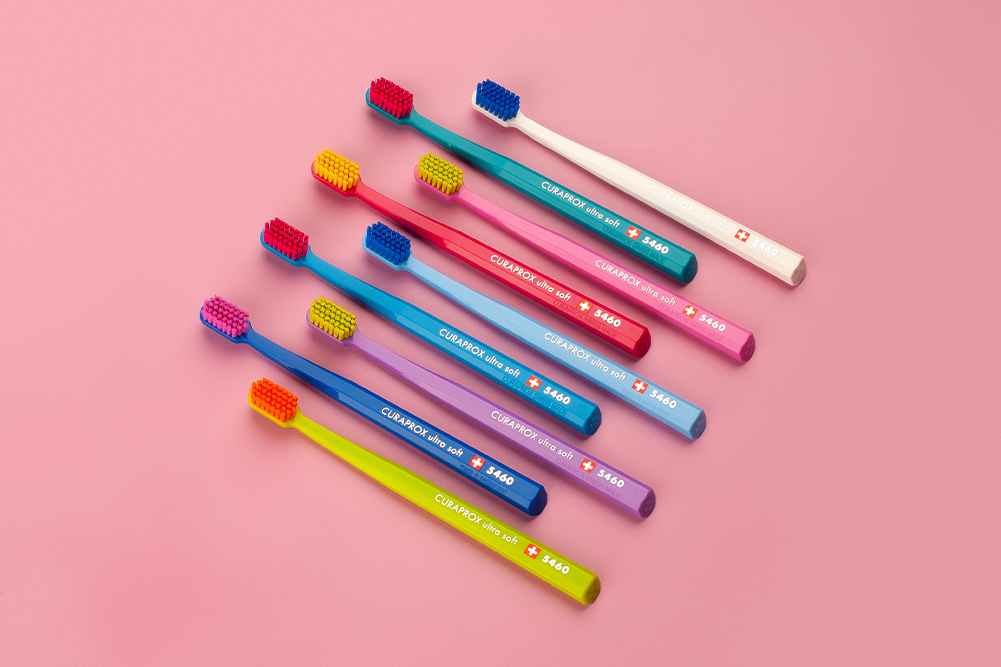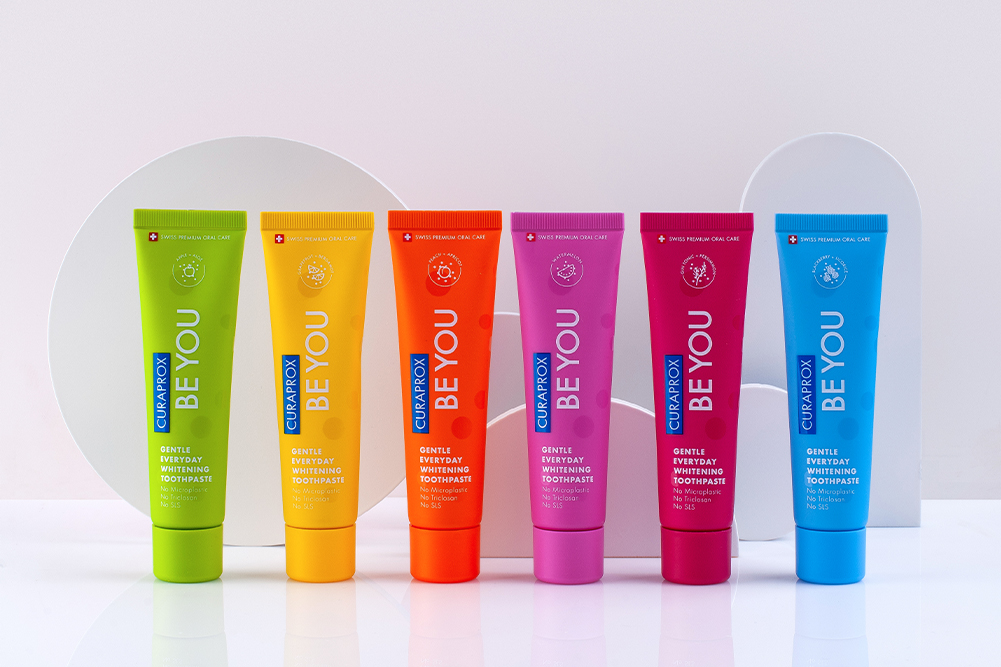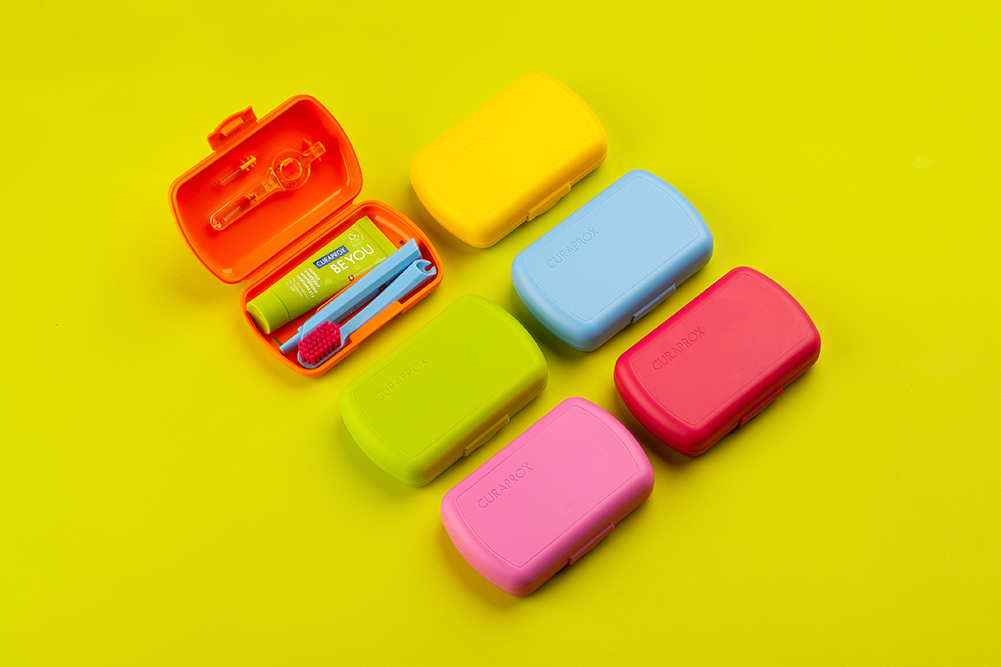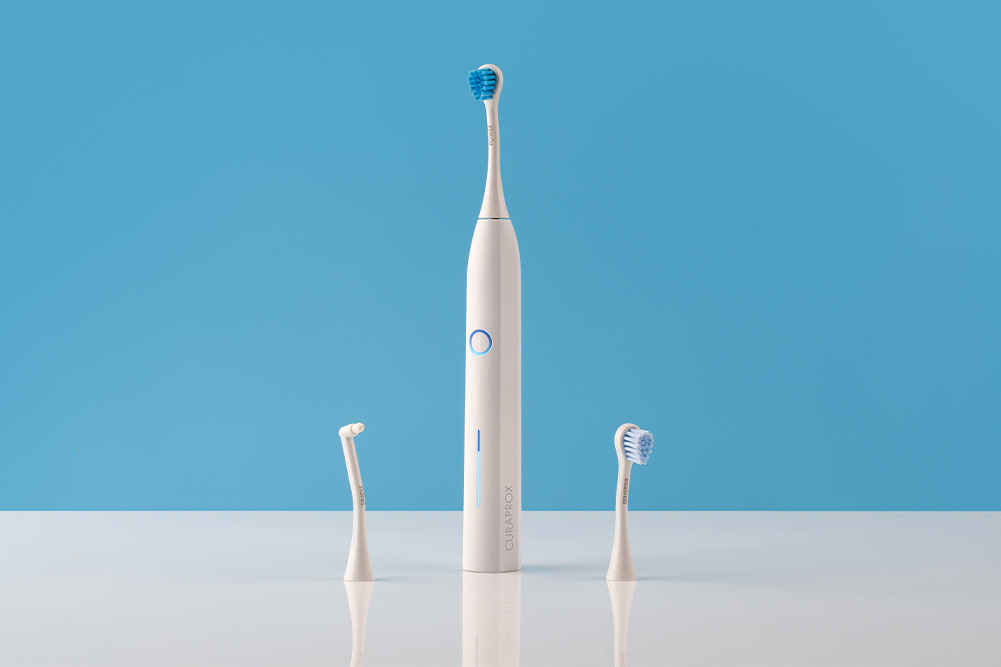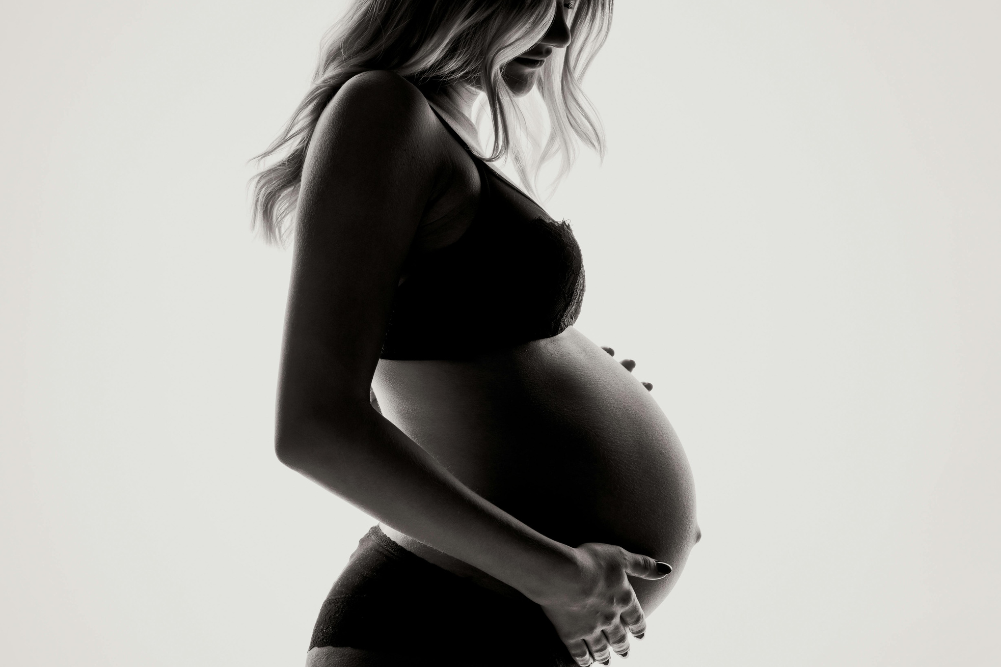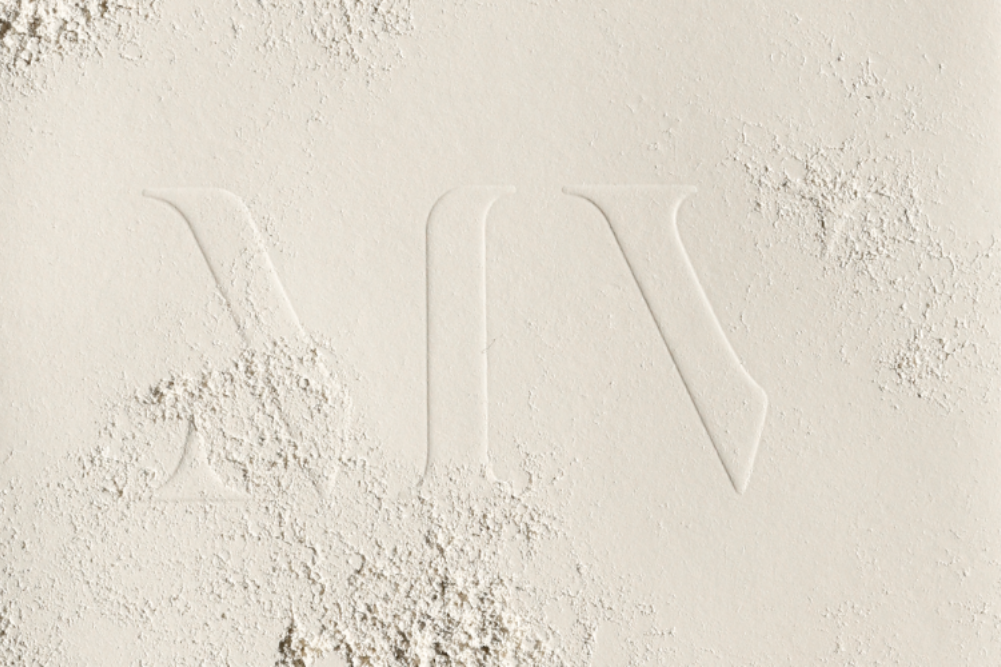Natural hair ingredients for salon-fresh tresses
How do some people achieve salon-fresh locks daily while others spend hours taming their tresses, only to get that just-out-of-bed look? It’s all in the natural hair care.
Split ends, frizzy fly-aways, dull and dehydrated hair? If you’ve complained about these hair woes, there are ways to overcome them — but don’t expect the answers to await inside the latest haircare packaging.
Traditional advice of “It’s the products you put on your locks” is missing important pieces of the haircare puzzle. Real healthy hair starts from within and is then managed and maintained by how you look after it once it sprouts from your scalp. The vitality of your scalp also needs consideration; it’s a non-negotiable foundation for ultimate hair care.
What is hair, really?
According to stalwart beauty industry chemist and Biologi formulator Ross Macdougald, hair grows in follicles. This can be thought of as “little pockets”, where hair begins growing from a root. These roots are made up of cells of protein and are fed by water-soluble and oil-soluble nutrients, delivered by blood vessels and the lymphatic system which creates more cells and makes hair grow.
“The hair gets pushed up through the skin as it grows, passing oil glands along the way. The oil glands add oil to the hair and keeps it shiny and soft. That’s why you need to wash your hair,” Macdougald says. “The hair dies by the time it is long enough to poke out through the skin — yes, hair is dead. That’s why it doesn’t hurt to get a haircut.”
Macdougald’s philosophy is, because hair is dead, there’s “not much you can do with it to care for it”. He says hair type really depends on the nutrients being supplied to the root.
“The only reasons there are various haircare products is to protect or enhance the treatments done to hair such as colouring, curling, bleaching and conditioning. Internal nutrition is extremely important and is the only way at present hair roots get their nourishment. Fresh fruit and vegetables are the best as they deliver live nutrients to your body.”
He adds, “Just remember, when you use colour, bleaching agents and silicones, they also contact the scalp which in turn affects the hair follicle growth and cellular structure so over time causes more damage.”
Healthy hair beginnings
This holistic approach to growing healthy hair — one that considers the whole person — is a recommendation echoed by Jane Davies, a trichologist at The Hair Physio.
“Hair requires energy, nutrients and hormones from the body to grow in a healthy cycle,” she says. “However, sometimes the body requires energy, nutrients or hormones to be diverted to more urgent areas or lacks some of these factors. This means there may not be sufficient factors for healthy hair growth.”
Davies says while hair is “not essential to a person’s health”, issues with it can be a signal of how healthy a person is overall.
“In isolation and in combination, some of the many causes of hair problems include nutrient deficiencies such as essential vitamins and minerals, metabolic disorders such as diabetes and inflammation, endocrine disorders, autoimmune diseases, stress and toxins.”
She says crash dieting and too little or too much exercise can also be contributors to hair health deficiencies. Addressing any imbalances or stressors is a must for anyone whose hair lacks the signs of true health which, put simply, is hair that feels smooth and soft to the touch and shines without need for gloss-enhancing products.
Key nutrients for hair health
Protein is essential, as hair itself is made of the protein keratin. There are meat sources of protein but also eggs and dairy. For vegetarians it can be more of a challenge, and this is where legumes and greens such as spirulina are ideal.
The proteins and nutrients also need to reach the scalp through the circulation your red blood cells and circulatory system requires the B complex vitamins (including biotin) and iron to support this.
Vitamin C is an important nutrient for hair, skin and nails as it develops collagen, which is necessary for the strength of hair follicles. Many people know to take vitamin C for a cold but its effects on hair, skin and nails is not as widely known. Vitamin C also supports iron absorption.
Other nutrients that contribute to healthy hair are beta-carotene (vitamin A), zinc and trace nutrients magnesium, selenium and copper. A well-balanced diet with orange, red and pink for beta-carotene, along with green leafy vegetables will deliver these nutrients. Silica is another nutrient important for healthy hair, promoting growth and strength.
Essential fatty acids play an important role in regulating oil production in the skin. Having a well-hydrated scalp will help hair follicles grow strong and silky. Include fish, nuts and healthy oils in your diet.
Hair type
While you might have been asked to consider your hair type for specific styling and haircare products, New Zealand Hairdresser of the Year (2016–19) Danny Pato says it is better to think about hair as a combination rather than a “type”.
“With hair texture, there’s the curl pattern which includes everything from dead straight to corkscrew curl, hair strand thickness from fine hair to coarse and hair volume from thin to thick,” he says. “Technical services also have an effect on hair type, such as cosmetic hair colour, bleaching, perming and keratin smoothing. Environmental factors also play a big part, with elements like UV exposure, heat styling and swimming influencing how hair type is defined.”
Pato says in the salon and at home, each head of hair should be treated depending on its specific needs and situation. Once internal nutrition is in check, the hair will benefit from support and protection.
“For example, most types of curl require extra support with moisture and elasticity, while finer and thinner hair types often require gentle daily cleansing and hair growth stimulation.”
He says lightened hair requires the most attention in order to look healthy.
“Removing pigment from the hair causes structural damage. Bleached hair requires a lot more attention to ongoing care, with protein, bond repair, moisture, detox and toning treatments usually recommended to keep the hair looking and feeling as healthy as possible.”
Pato explains that many ancient cultures knew it was beneficial to apply natural, often cold-pressed, oils to dry hair. The Mayans harvested roucou oil in the Amazon and used it on hair and skin, and now science has shown this oil is extremely rich in beta-carotene, encourages hair growth and contains a natural sunscreen.
Natural solutions for hair types
As the experts agree, the level of care hair needs largely depends on the condition it’s already in and the type or combination of strands you have. Washing oily hair too often can exacerbate the problem, while loading up dry locks with too many oils and masks can leave it looking heavy and dull.
On any given day, depending on various lifestyle factors, your hair may fall under one of the following categories:
- Dry hair looks generally dull, damages and breaks easily and has visible split ends, usually caused by chemical colours and treatments or lack of oil production.
- Oily hair becomes greasy quickly. If it’s not washed regularly, it can lose its shine and body.
- Combination hair can be oily at the roots, but dry and damaged towards the ends.
- Normal hair is the most easily managed, with its healthy gloss and few split ends.
Kitchen remedies
Using food and drink as hair cleansers, conditioners and masks has long been a tradition, but largely lost thanks to their commercial counterparts. Yet, it’s the foods direct from nature that most benefit the hair, making healthy-looking hair a lot more achievable.
There are at-home remedies that can smooth cuticles and bring otherwise dull hair back to life and even give lifeless hair some volume, albeit just for a while until the holistic picture of hair care is addressed.
Dry hair
Banana: Used on their own or with a combination of honey and olive oil, bananas are great for treating dandruff and preventing breakage and split ends. Boasting hair-loving oils and vitamins, bananas are also known to improve hair’s elasticity.
Avocado: Used topically or eaten, avocados are well known for their moisturising properties for the skin and hair. Applied directly to the hair, the E and B vitamins go to work, infusing dry hair with much-needed moisture.
Honey: Likely used by your grandmother as a great hair conditioner, honey is excellent as a hair mask, especially when added to other ingredients such as bananas and avocados. Be sure to wet your hair before applying.
Olive oil: A favourite in the Mediterranean thanks to its multiple uses, olive oil is as good for the hair as it is for the skin. The extra-virgin variety is the best, used for its strengthening and nourishing properties. For the ultimate moisture fix, try mixing the oil with mashed avocado and leave on the hair for 20 minutes to half an hour.
Eggs: Applying whisked eggs to your hair is a good idea thanks to the protein. However, it’s extremely important to source eggs from happy hens, who have been treated humanely and fed healthily. Eggs smooth hair follicles and add extra strength to otherwise weary strands.
Beer: This is one beverage not just made for drinking. Beer adds incredible shine to dull, lifeless and dry hair, thanks to its B vitamins and the proteins found in malt and hops. The sucrose sugars and maltose are also said to enhance overall shine due to their ability to tighten the hair’s cuticles.
Quick beer haircare recipes
Beer Shampoo
Mix 1 cup natural organic shampoo with approximately ¼ cup boiled beer, letting it cool to room temperature.
Beer Conditioner
Adding 1 tsp jojoba oil to a warm cup of beer will add body and shine. Simply apply as a rinse after shampooing.
Apple-cider Vinegar & Beer Rinse
Add 2 tsp apple-cider vinegar to approx. 40mL water and 40mL flat beer. Combining this with 4–5 drops of rosemary essential oil will remove build-up from chemical shampoos, conditioner and styling products.
Oily hair
Apple-cider vinegar: This beauty elixir regulates the scalp’s pH level when mixed with water (never use apple-cider vinegar without diluting first), helping to reduce the amount of oil produced. The vinegar adds shine, makes hair stronger and removes any product build-up.
Baking soda: As with apple-cider vinegar, baking soda is brilliant at gently stripping away build-up that chemical products leave on the hair, as well as dirt and grease. Mix it with a small amount of water until it’s a paste and use it instead of your shampoo.
Lemon juice: Known to lighten hair, lemons also work as an astringent, tightening the scalp’s pores and reducing oil production. Dilute with water or use the full-strength juice.
Strawberries: Vitamin C-rich, strawberries regulate the scalp’s oil production. Mash and mix with honey as a quick hair mask, leaving on for just 15 minutes.
Strawberry Hair Conditioner Recipe
Pick 8 to 10 fresh, organic strawberries and thoroughly mash together with 1 tbsp organic mayonnaise. Apply to damp hair from roots to tips, cover with a plastic bag and warm towel. Leave for 10–20 minutes then shampoo.
Combination hair
Yoghurt: Hair relies on protein, its building blocks, for optimal health. Natural, organic yoghurt does wonders to repair tired combination hair, while encouraging new hair growth and cleansing the hair of grease and build-up.
Bananas and strawberries: Mashed together these provide essential moisture and nutrients; the banana is a natural moisturiser and the strawberry balances out oil production.
Apple-cider vinegar and eggs: Apple-cider vinegar works to rid hair of build-up, which creates dullness. Add 1 tbsp to 2 whisked organic, free-range eggs for a protein boost.
Baking soda and honey: Removes grease and dirt as well as product build-up. Honey adds much-needed moisture.

